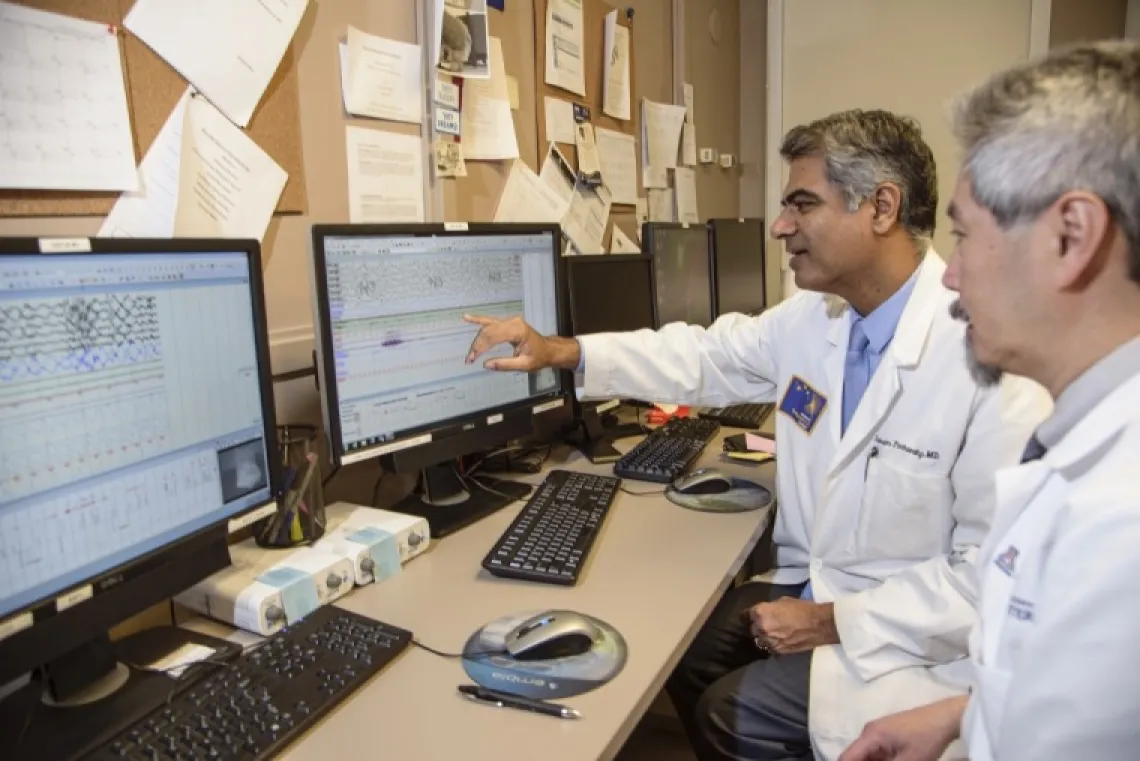Physician-scientist leads NIH program to tackle COVID-19 health disparities in Arizona
Nov. 20, 2020
BIO5 member Sairam Parthasarathy will work to combat the health inequities of American Indian, African American and Hispanic/Latinx people as one of 11 principal investigators for the National Institutes of Health Community
Image

